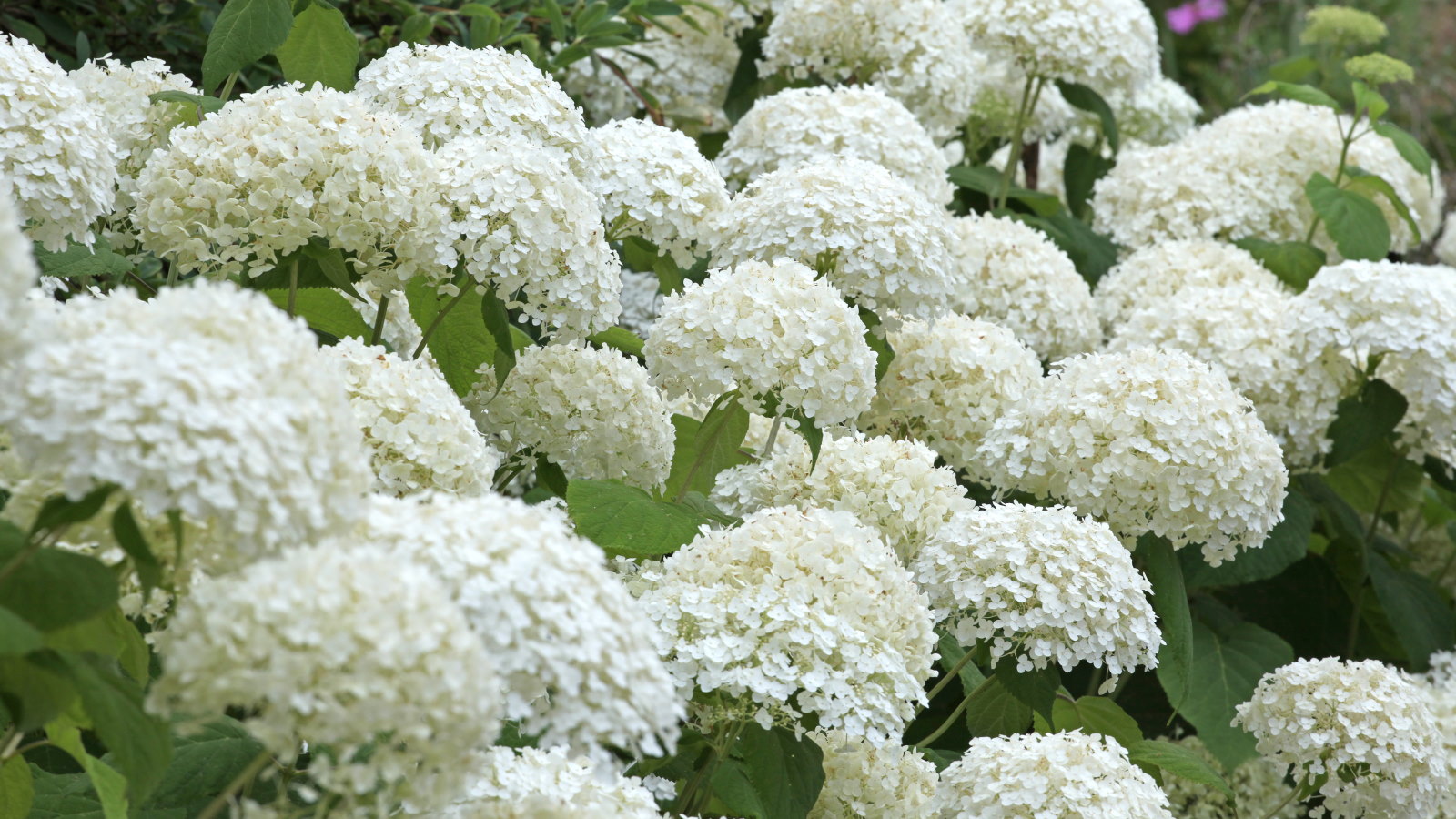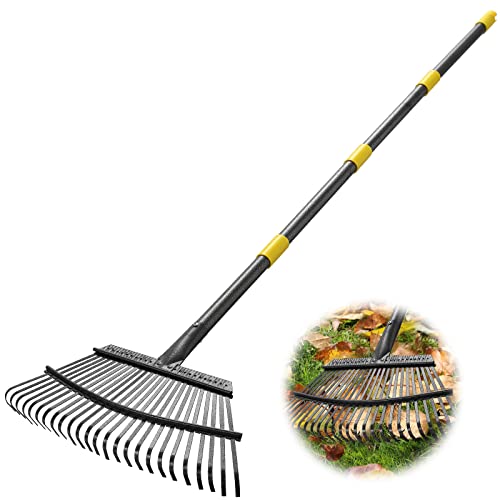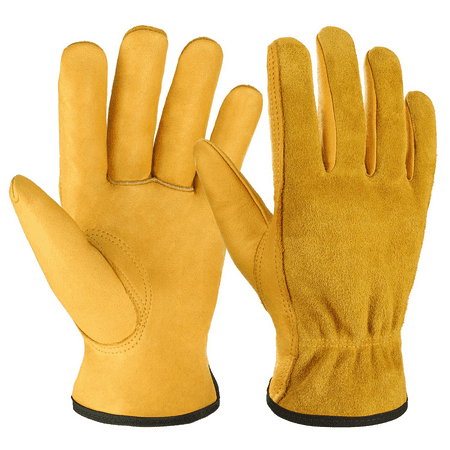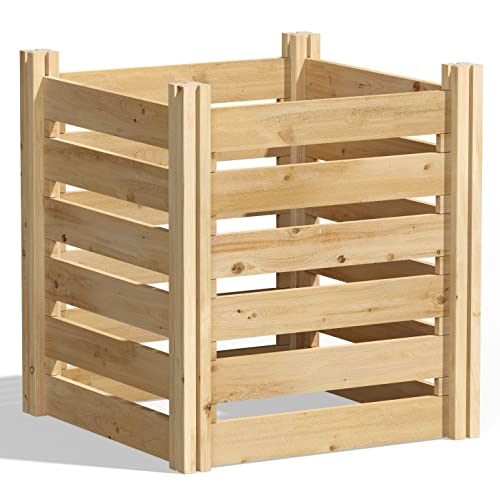Your hydrangeas will flourish with bigger blooms and healthier growth thanks to this 1 natural material that is easy to use
Discover why you should be using leaf mold to mulch hydrangeas


If you want healthy hydrangeas and the best blooms this summer, there is one fantastic natural ingredient you want to mulch your shrubs with that is great at retaining moisture in the soil.
That secret mulching material is leaf mold. Using this wonderful medium offers multiple benefits that keep hydrangeas happy and ensure they put on a stunning display of blooms each year.
So what is it about leaf mold that makes it so ideal when growing hydrangeas? This guide takes a deep dive into the top reasons you should use leaf mold to mulch hydrangeas, along with when and how to spread it. If you want the best hydrangea blooms this year, this hack is worth knowing.

A guide to using leaf mold to mulch hydrangeas
Why, when, and how to use leaf mold to mulch hydrangeas. We answer all those mulching questions here to help you have happy shrubs.
Why you should use leaf mold to mulch hydrangeas

Hydrangeas thrive in consistently moist soil and benefit from regular watering throughout the growing season to keep them healthy and productive.
The flowering shrubs have thin, dense, and shallow roots, which increases their risk of drying out quickly during dry spells. Most hydrangea varieties will only reach 12-18 inches down into the soil, though depth is affected by age, soil type, climate, variety, and water availability.
How much water the hydrangea gets will affect blooming. Dry soil can equal smaller and fewer flower blooms, while moisture-deprived shrubs are more likely to be stressed and susceptible to pests and hydrangea diseases.
Design expertise in your inbox – from inspiring decorating ideas and beautiful celebrity homes to practical gardening advice and shopping round-ups.
Therefore, rather than reluctantly accepting the need to regularly battle with heavy watering cans or awkward hoses to water hydrangeas, making steps to boost the soil’s moisture retention capacity is an efficient way to help ensure the shrubs get the water they need to bloom at their best.
Mulching is a tried and tested method of boosting soil health and improving its structure so it can hold more water. There are many types of mulch, but, potentially, no material is better for mulching hydrangeas than leaf mold, as it can hold up to 500 times its weight in water.
Leaf mold is a fantastic natural material that will boost the moisture-retaining ability of your soil. Spreading a layer of mulch on the surface means less evaporation when the temperature rises, and more moisture in the ground for the shrub to utilize.
On top of retaining moisture in the soil where the shrub needs it, the leaf mulch layer protects a hydrangea’s shallow roots from warm temperatures. It gives them a safeguard to prevent them from drying out on hot days.
The good news keeps coming, too, as leaf mold is slightly acidic and will provide essential nutrients to the hydrangeas as it breaks down to help with healthy growth.
The rich soil and improved structure from mulching flower beds annually help with strong root development. The reward is that happy hydrangeas are less likely to succumb to heat or drought stress.
Making leaf mulch is as simple as collecting fallen leaves in the fall and storing them in a plastic bag or compost bin to break down. Chopping the leaves by running a lawn mower over them can speed up the process, but it can take 12-18 months to make quality leaf mold suitable for mulching.
Leaf mold can be spread around hydrangeas in the fall or spring. While leaf mulch is an ideal option, other mulching options include homemade compost or bark. Whatever material you use, avoid the mulching mistake of piling the material against the base of the shrub, as this can cause rot.
FAQs
Is bark good for hydrangeas?
Bark makes a good mulch for hydrangeas as it will keep moisture in the soil, smother weeds, and help improve the soil structure. Pine mulch (such as this natural pine bark mulch available at Amazon) can help to make the soil more acidic and, with some types of hydrangeas, can change the color of the hydrangea flowers from pink to blue.
As well as using leaf mold to mulch hydrangeas, feeding them will help the shrubs thrive. If you want to fertilize hydrangeas, use an organic slow-release feed in early spring, such as this organic all-purpose plant food available at Walmart. One application a year is enough to provide the nutrients for healthy growth and a strong display of flowers.

Drew has worked as a writer since 2008 and was also a professional gardener for many years. As a trained horticulturist, he worked in prestigious historic gardens, including Hanbury Hall and the world-famous Hidcote Manor Garden. He also spent time as a specialist kitchen gardener at Soho Farmhouse and Netherby Hall, where he grew vegetables, fruit, herbs, and cut flowers for restaurants. Drew has written for numerous print and online publications and is an allotment holder and garden blogger. He is shortlisted for the Digital Gardening Writer of the Year at the 2025 Garden Media Guild Awards.
You must confirm your public display name before commenting
Please logout and then login again, you will then be prompted to enter your display name.


